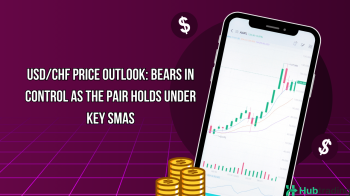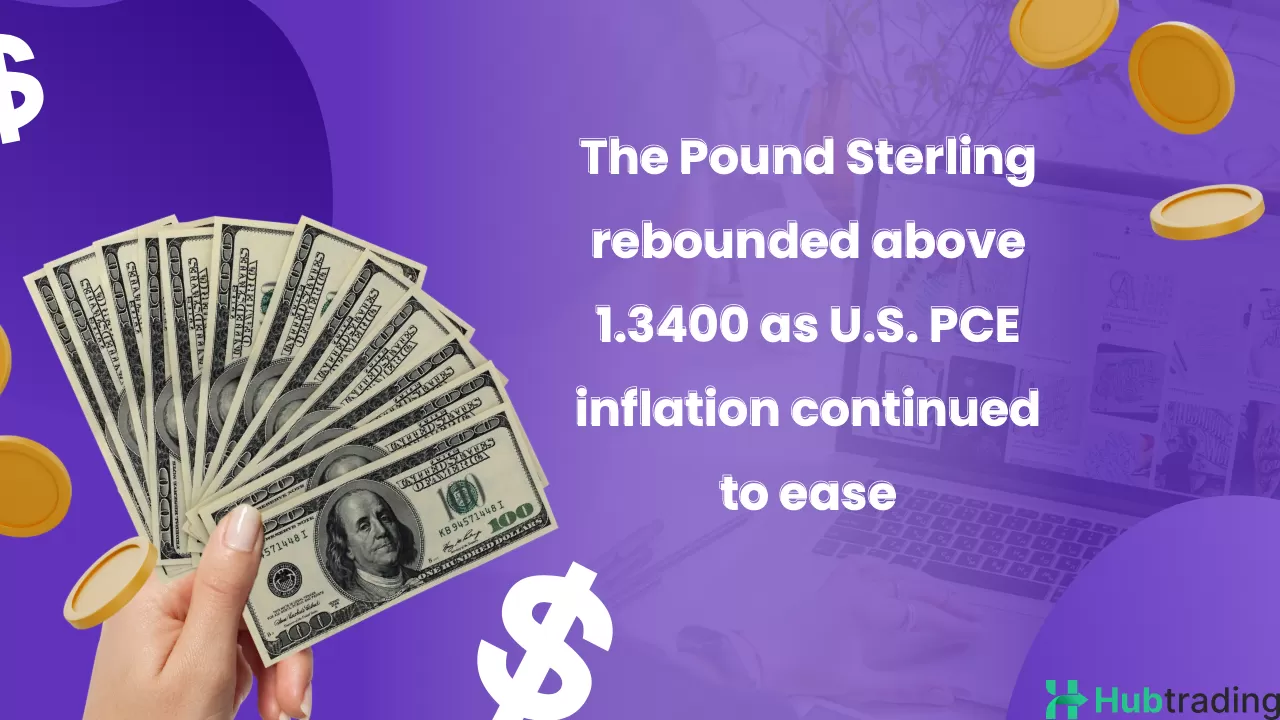-
The Pound Sterling weakens against major currencies after UK GDP unexpectedly contracts by 0.1% in May.
-
President Trump considers raising the blanket 10% tariff to 15% or 20%, adding to market uncertainty.
-
Market attention turns to upcoming US and UK CPI data for June, set to be released next week.
The Pound Sterling (GBP) came under renewed selling pressure on Friday following the release of disappointing UK economic data. The Office for National Statistics (ONS) reported that Gross Domestic Product (GDP) contracted by 0.1% in May, missing market expectations of a 0.1% expansion. This marks the second consecutive monthly decline, after a 0.3% contraction in April, signaling persistent weakness in the UK economy.
The industrial sector was a key drag on economic performance. Industrial Production fell 0.9% month-over-month in May, accelerating from April’s 0.6% decline and well below forecasts for flat growth. Manufacturing Production also contracted sharply, falling 1% compared to expectations for a modest 0.1% drop and a prior reading of -0.7%.
These figures have heightened speculation that the Bank of England (BoE) may move to cut interest rates as early as its August policy meeting, a scenario typically bearish for the British Pound.
Looking ahead, the next major catalysts for the GBP will be the UK Consumer Price Index (CPI) for June and employment figures covering the three months to May—both due next week. Labor market data is particularly significant, as BoE policymakers, including Governor Andrew Bailey, have flagged risks from higher employer National Insurance contributions that took effect in April. Any signs of labor market weakness could further reinforce expectations of BoE policy easing.
In addition to the weak macro data, rising fiscal risks are also weighing on sentiment toward the Pound. The recent announcement by Chancellor of the Exchequer to increase the standard allowance for Universal Credit (UC) triggered a sharp jump in UK gilt yields. The expanded welfare spending is projected to widen the fiscal deficit by £4.8 billion by the 2029–2030 fiscal year, raising concerns about the sustainability of the UK’s public finances.
With economic, monetary, and fiscal headwinds mounting, the Pound Sterling remains vulnerable in the near term as traders await further clarity from next week's inflation and employment reports.
Daily Market Movers: Pound Sterling Weakens as Trump’s Tariff Threats Boost US Dollar
- The Pound Sterling (GBP) fell to a more than two-week low near 1.3530 against the US Dollar (USD) on Friday, pressured by disappointing UK GDP data and souring market sentiment. The GBP/USD pair extended its losses as risk appetite diminished amid renewed global trade tensions.
- Investor caution deepened after U.S. President Donald Trump reaffirmed his intent to raise blanket tariffs on nations that failed to strike trade deals within the 90-day reciprocal tariff window. In a Thursday interview with NBC News, Trump stated, “We’re just going to say all of the remaining countries are going to pay, whether it’s 20% or 15%. We’ll work that out now.” This follows his earlier declaration on April 2—dubbed “Liberation Day”—of a blanket 10% levy on all U.S. trading partners, independent of reciprocal or sectoral duties.
- Trump also confirmed the imposition of 35% tariffs on Canadian goods and hinted at forthcoming tariff announcements directed at the European Union (EU). The escalation of trade threats has led investors to seek safety in the US Dollar, driving demand for safe-haven assets.
- The US Dollar Index (DXY), which measures the Greenback against a basket of six major currencies, climbed to a fresh two-week high, trading around 97.90.
- Attention now shifts to the upcoming U.S. Consumer Price Index (CPI) data for June, scheduled for release on Tuesday. The inflation figures are expected to reflect the early impact of sectoral tariffs and may influence the Federal Reserve’s policy stance. According to the CME FedWatch Tool, markets currently see a near-certain probability that the Fed will maintain interest rates in the 4.25%–4.50% range at its next meeting later this month.
Technical Analysis: GBP/USD Eyes Key Support at 1.3370
The GBP/USD pair remains under pressure, trading around 1.3540 and below the 20-day Exponential Moving Average (EMA), which currently stands near 1.3590. This positioning signals a bearish near-term trend.
The 14-day Relative Strength Index (RSI) has slipped below the 50 level, pointing to weakening momentum. A move below 40 on the RSI would likely reinforce further downside pressure.
On the downside, key support is found at the June 23 low of 1.3370. A sustained break below this level could accelerate the bearish move. To the upside, resistance is located near the long-term high of 1.3800, which remains a significant barrier for bulls.
With geopolitical risks rising and economic data underwhelming, the Pound Sterling is likely to remain vulnerable heading into next week’s key inflation releases.





